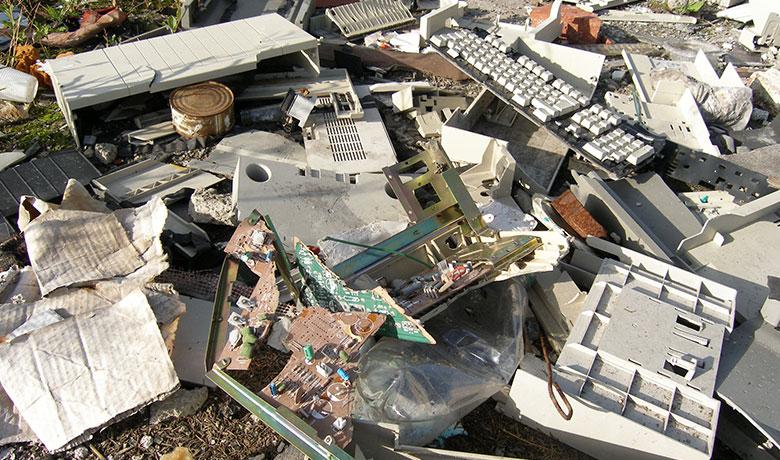
Concentrated arsenic waste produced by groundwater treatment facilities can now be readily converted into metallic arsenic. This innovative approach provides an opportunity for localized, circular production of metallic arsenic – a sought-after element for green-energy technologies – while guaranteeing access to clean drinking water.
The majority of groundwater tainted with arsenic originates from naturally occurring arsenic-bearing mineral deposits that dissolve into the water. Prolonged exposure to elevated arsenic levels in drinking water, defined by the World Health Organization as exceeding 10μg/l, can result in various health issues, including neurodevelopment disorders, cancer, and diminished cognitive abilities in children. A globally utilized method for arsenic removal from groundwater employs iron oxide nanoparticles to adsorb dissolved arsenic compounds.
“We possess the knowledge to eliminate arsenic from groundwater, but we have yet to truly determine how to handle the waste,” states Case van Genuchten at the Geological Survey of Denmark and Greenland in Copenhagen. “Arsenic is utilized in numerous products like batteries, semiconductors, and alloys essential for the transition from fossil fuels to clean-energy systems,” adds van Genuchten. “The societal worth of arsenic is evolving,” he notes. In 2022, the US designated metallic arsenic as a critical raw material, with the EU following suit the subsequent year. Presently, China accounts for the majority of the global arsenic supply.
Van Genuchten and Kaifeng Wang have created a two-step method that transforms the sludge-like waste from groundwater treatment plants into metallic arsenic nanoparticles. The first step involves extraction with sodium hydroxide, which de-adsorbs the bound arsenic from the iron oxide nanoparticles, resulting in an arsenic-rich solution comprised of ions of arsenite (As(III)) and arsenate (As(V)). In the second step, thiourea dioxide, often employed as a bleaching agent in the textile industry, reduces these ions. Under high pH conditions, the long carbon–sulfur bond in thiourea dioxide fractures, producing urea and the redox-active sulfoxylate. This reductant converts the arsenic ions into pure arsenic nanoparticles with an almost 99% conversion efficiency. The researchers processed arsenic-laden sludge samples from facilities throughout Denmark, Belgium, and the US, demonstrating the method’s versatility.
Spectroscopic analysis of the upcycled arsenic nanoparticles indicated an amorphous structure, distinct from the crystalline form of commercially available metallic arsenic. “We believe that amorphous metallic arsenic may be better suited for high-value or advanced material applications,” states van Genuchten. He elaborates that the absence of long-range order in the material might render it more appropriate as a precursor material for specific arsenic-bearing substances, such as two-dimensional arsenene.
Abul Hussam at George Mason University in the US, who has previously invented filters to extract arsenic and other hazardous compounds from groundwater, remarks, “Ultrapure As(0) can be produced using already established technology [as] As-compound rich minerals are plentiful in nature.” He expresses skepticism regarding the process and warns that arsenic obtained through this new method “offers little commercial value, aside from regenerating the iron as metal.”
Nevertheless, a life cycle assessment carried out by van Genuchten and Wang indicates that retrieving arsenic from arsenic-rich sludge could substantially lessen impacts on human and environmental health, in comparison to extracting new material or disposing of the waste in a landfill.
Regions with elevated arsenic pollution in groundwater are primarily located in south and southeast Asia, along with South America, where these areas may encounter financial obstacles to groundwater decontamination. “If we can transform arsenic in the waste into a valuable form, the motivation for treating drinking water in those regions is maximized,” claims van Genuchten.